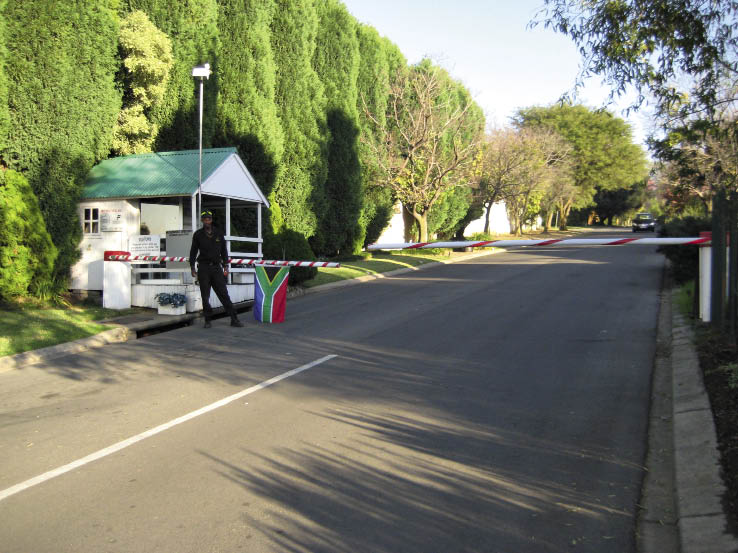By Justine Olivier
Gone are the carefree days of walking the neighbourhood streets in the late afternoon, enjoying the sunset and cool breeze. Today, with the high levels of crime, most of us stay in, equipping our home with high-tech home automation and security systems to protect ourselves and our possessions.
Beefing up on security has become such a pivotal concern that many move into estates or enclosed areas. Some neighbourhoods have even gone as far as monitoring and attempting to control crime themselves. And so we come across enclosed neighbourhoods – or gated communities.
“Gated communities are physical areas that are fenced or walled off from their surroundings,” says Karina Landman of CSIR Building and Construction Technology. They include residential areas with restricted access as well as controlled-access villages. Entrance into these areas is prohibited or controlled by means of gates or booms.
But just how much safer are those enclosed areas for residents? How beneficial are they, and what are the legal implications regarding the enclosure of public space?
According to www.dynproproperties.co.za, “A survey recently conducted of over 25 road closures in the Johannesburg area show that hijacking incidences have reduced by an average of 83%, housing robberies have reduced by an average 77% and violent attacks have dropped by 87%.”
While these statistics show a dramatic drop in crime and crime-related activities, Karina argues that there are various opinions on whether these communities do, in fact, reduce crime. Her argument follows an international study done by Blakely and Snyder in the US, which reports only temporary reductions in crime or none at all. “While the US differs from South Africa in many ways, the concept of a gated or enclosed neighbourhood is still the same,” she says.
In terms of the legalities, neighbourhoods need to keep in mind that the decision to enclose their area is not theirs alone, as enclosures not only affect those within the enclosed space, but those on the outside as well. With this in mind, some areas, if enclosed, could obstruct local authorities from performing traditional public functions, being more of a hindrance than a help.
Another issue to consider is the response time of security vehicles for those with home alarm systems. Due to the fact that certain streets fall in enclosed areas, response vehicles are forced to either map out a route before rushing to the home (which will greatly increases the time it takes them to respond) or rush out blindly, only to find the quickest and shortest route to a home closed off and thus have to find an alternative route, again increasing their response time dramatically.
While there are many arguments for and against the benefits of a gated community, many residents put their wellbeing above all else. In a country with such high crime statistics and a clogged legal system, it would seem that more and more areas are going that route.
With thanks to Karina Landman, www.csir.co.za, www.dynproperties.co.za and www.trilogyfs.co.za











Leave a Comment